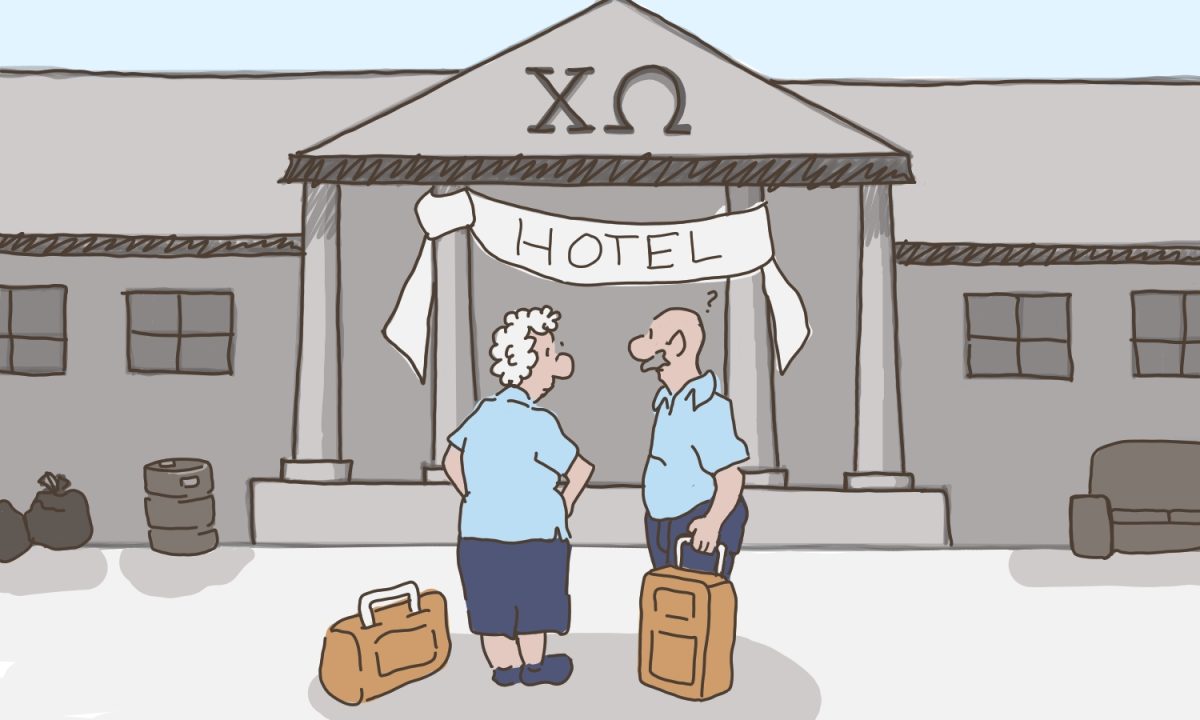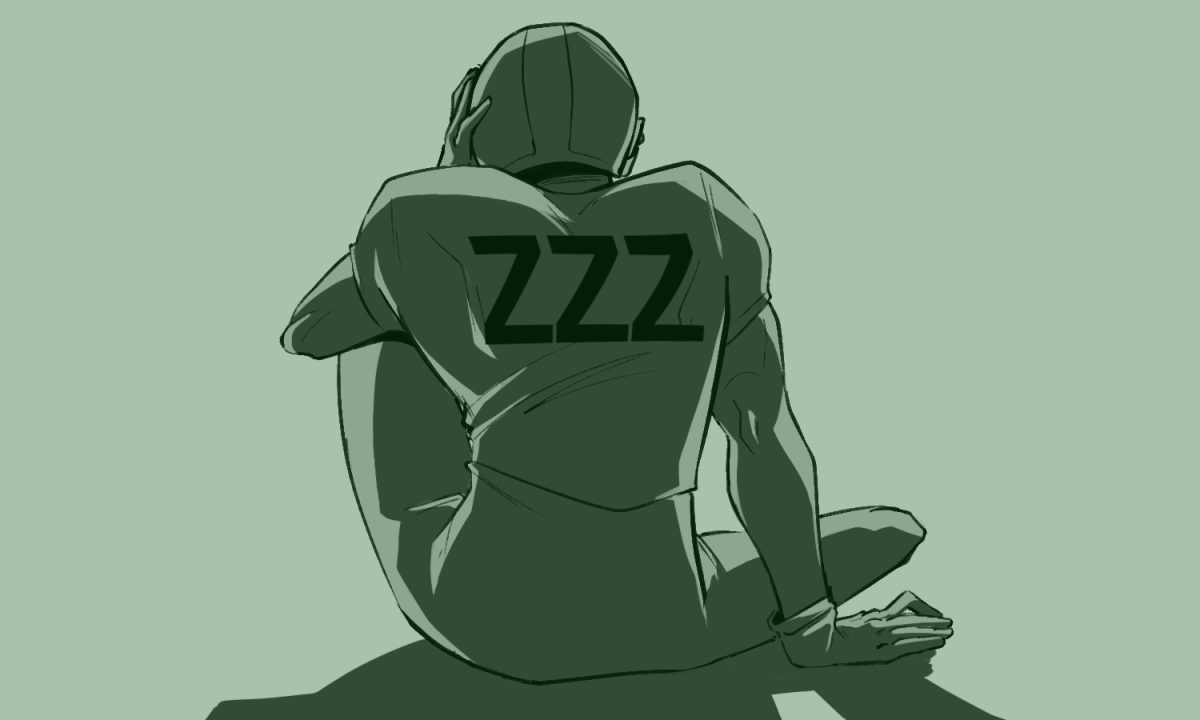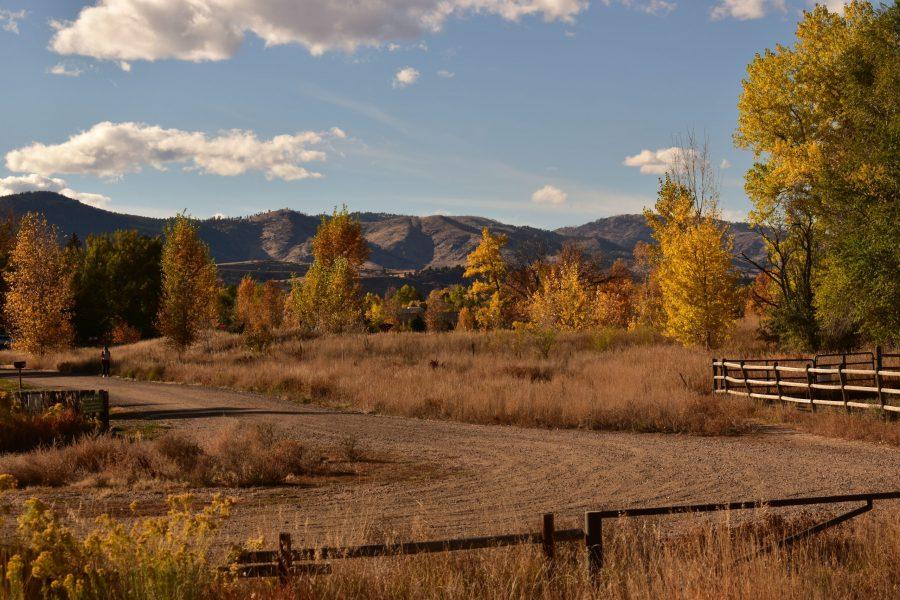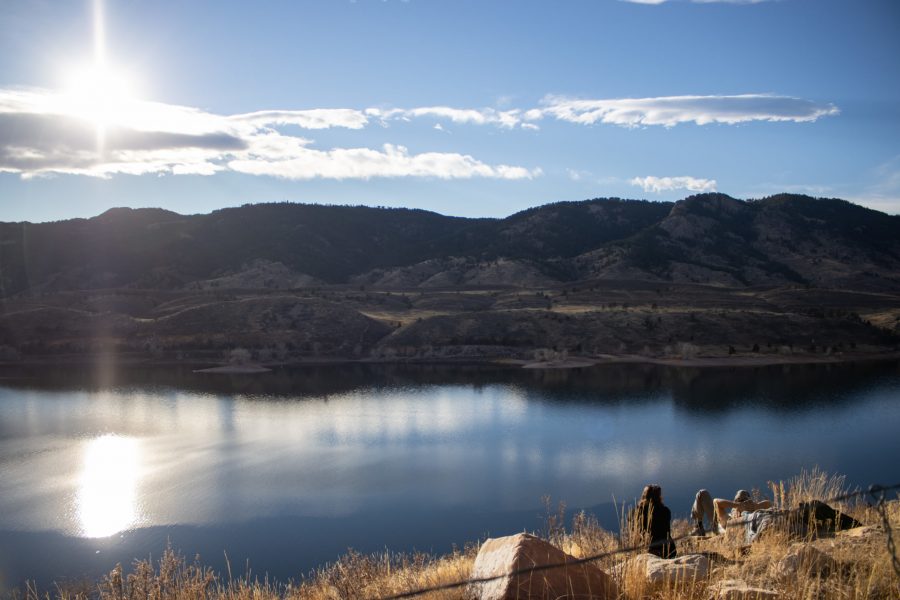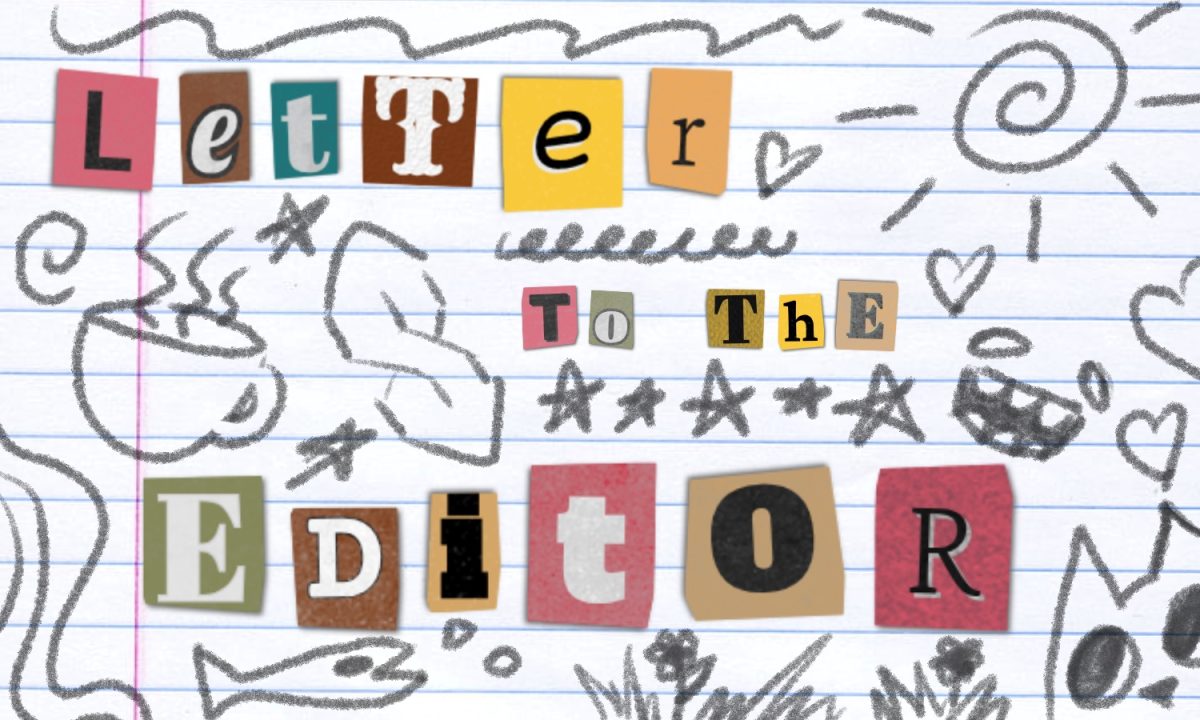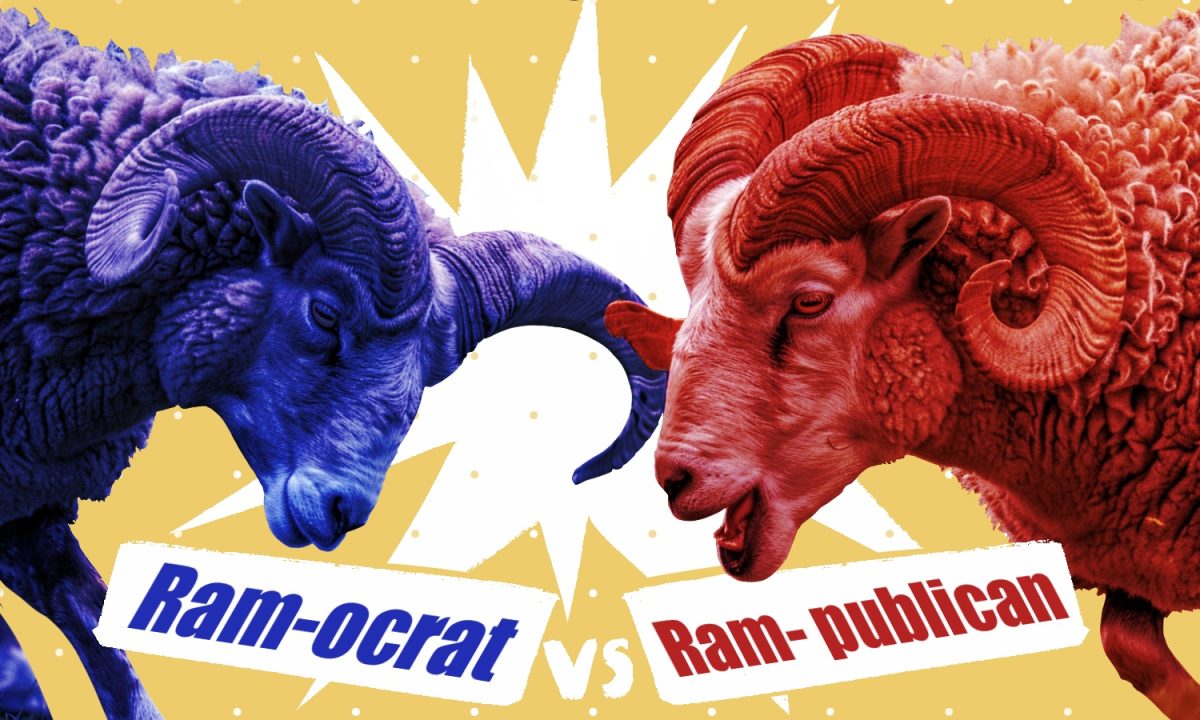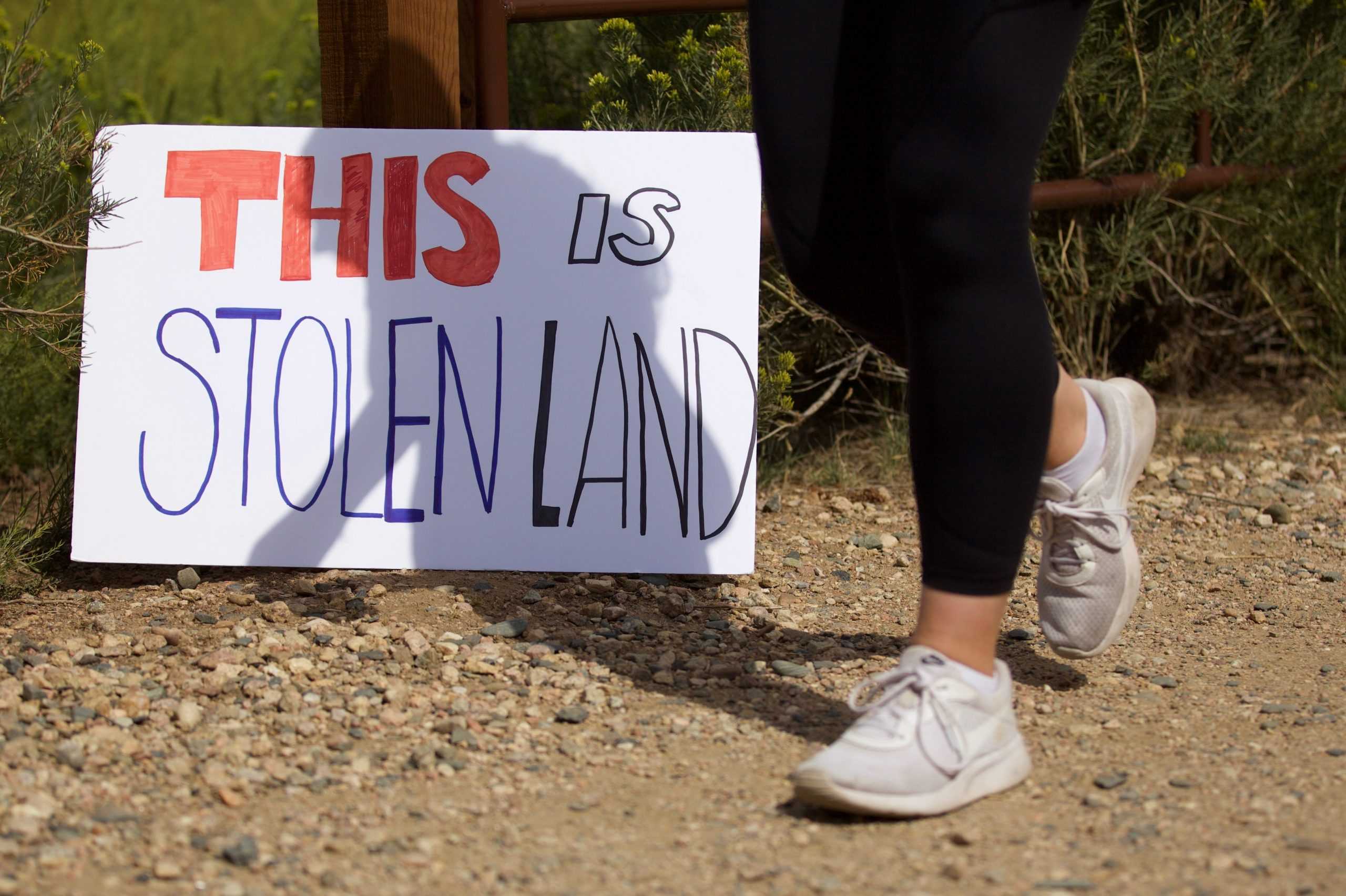
Editor’s Note: All opinion section content reflects the views of the individual author only and does not represent a stance taken by The Collegian or its editorial board.
Imagine sitting down in a middle school or high school history class. You might recognize the seats around you and see the familiar faces, but what history do you remember learning in that class? Do you remember learning about the Boston Tea Party or the American Civil War? Did you learn anything about American minorities you can remember?
When we take the time to look back on what we were taught in those history classes, we tend to not remember a whole lot about American minorities’ stories, specifically Indigenous peoples’ history and the impacts that the Trail of Tears or Christopher Columbus’ arrival had on them. This is what House Bill 19-1192 strives to change within public school history classes.
Hiding Indigenous stories behind one of a white man is not only damaging but presents a skewed version of the truth.”
HB19-1192 became law in Colorado in 2019 to ensure that “matters relating to American minorities in the teaching of social contributions in civil government in public schools” are not only included but enforced. This means that those of us who frequently weren’t taught these stories in our history courses can finally look to younger generations as those who have learned a more complex history background during their grade school years.
However, Derek Everett, a senior instructor in the history department at Colorado State University, brought up the reality that by “sharing so many things, (specific stories) kind of get glossed over.” Sharing multiple perspectives on a story may be hard for some teachers.
But it opens up a great opportunity for teachers to allow their students to research and learn more about their own cultures through the use of the internet. This should be capitalized on, especially when it comes to learning Indigenous peoples’ history, which, as Everett said, has an unfortunate tendency to “disappear into the background” of American history.
However, their stories never really do fade away. Nor should they become less prominent just because there are other stories to share.
Choosing to share this history may be challenging to include within the curriculum, but it is beneficial to understanding prominent stories about land back movements and Indigenous resistance.”
Hiding Indigenous stories behind one of a white man is not only damaging but presents a skewed version of the truth. When we were in grade school, lessons on this specific community typically revolved around analyzing Columbus’ journey, the first Thanksgiving and the Trail of Tears.
However, Indigenous communities have continued to fight against all odds to ensure their cultures are still shared across multiple generations. Their stories should be shared because it is just as important to learn who they interacted with and how they have continued to thrive and make a life for themselves despite all of the challenges that have been thrown their way.
Everett said the biggest challenge in teaching students Indigenous history is getting them to “realize that it’s not a past story alone; it’s a present story too.”
CSU’s Native American Cultural Center ensures that proper stories are being shared in Fort Collins through community outreach and by creating a welcoming environment for Native Americans on campus. This organization continues to fight to make sure their cultural identities aren’t lost.
The NACC not only fosters a wonderful community but works to ensure that Native American children know what they are capable of. They are working for Native American children to not only have their own sense of identity but also know they are still able to thrive within a community.
Organizations like the NACC make it clear to students that it’s enriching to learn something new and especially interesting to continue exploring that new thing. History textbooks and teachers have so frequently taught and repeated the same history that by the time we enter a college environment and take our first history class, we are shocked about how many more perspectives there are around one subject.
The stories of Indigenous peoples don’t begin with Columbus and end with the Trail of Tears. They have continued to fight to ensure they have what is necessary to stay true to their past through thick and thin to make sure their stories are not only shared throughout the world but shared in a way that is beneficial to representing who they really are.
Choosing to share this history may be challenging to include within the curriculum, but it is beneficial to understanding prominent stories about land back movements and Indigenous resistance.
Everett said history allows people to see how “the stories that have unfolded in the places you’re familiar with day to day reflect these broader themes.” So even if students understand just a glimpse of Indigenous history, a fire may be ignited within them to want to learn more.
Reach Dominique Lopez at letters@collegian.com or on Twitter @caffeinateddee6.




